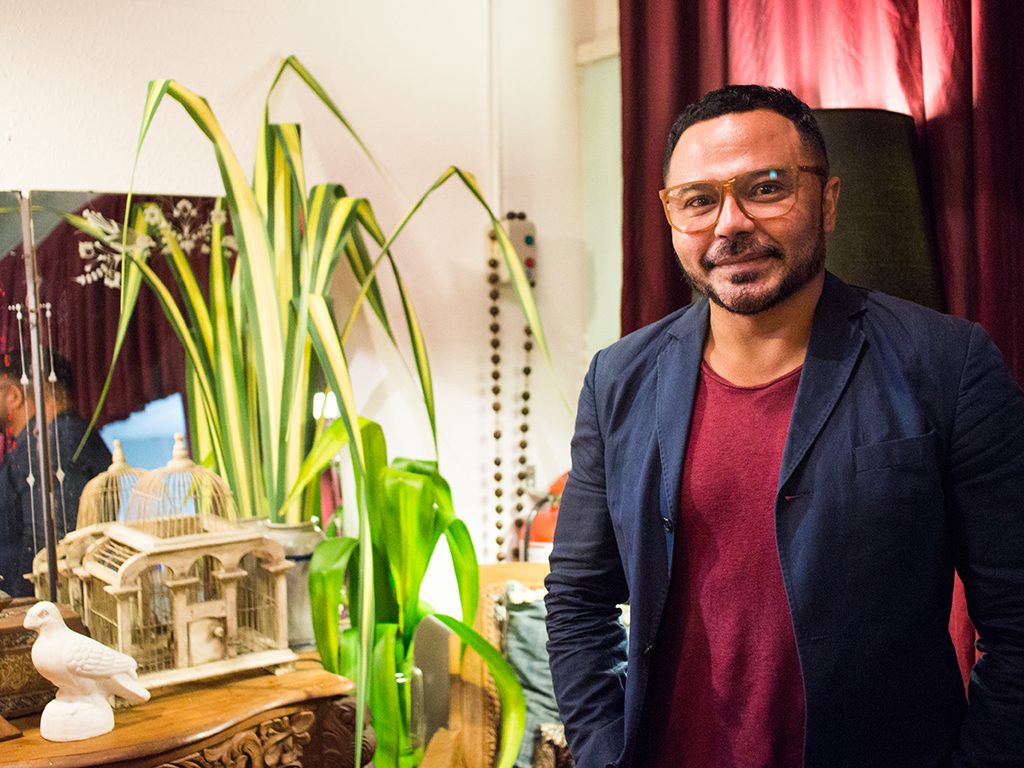
Tucked in a quiet corner of the National Textile Museum, we met Chef Adu at his current project, The Canteen by Chef Adu – a peaceful oasis amidst a bustling Dataran Merdeka-Chinatown area. Warm, chatty and knowledgeable, Chef Adu is a man full of stories and a penchant for taking chances. We wanted to find out all about his journey – literally and figuratively speaking – towards becoming a respected chef with an impressive resume under his belt.
Chef Adu began his career as a dancer in Petronas, which inadvertently became the catalyst that led him into the kitchen. At the age of 20, cooking was a means to save money. “With not much money, I had to cook for myself, and that’s when I started calling mum, asking for different recipes.” The young Adu shared a place with a Chinese and British friend in Pudu Plaza, which had a supermarket below.
After purchasing some sea bass filet, taugeh and santan, he made a basic masak lemak taugeh and panfried seabass. “I served that for dinner and my housemates told me, we didn’t know that you could cook. And I said, I didn’t know that I could cook! That’s how it started. I didn’t know I had it in me.”
Childhood experiments
Chef Adu was never interested in cooking as a child. “Of course as a kid I used to kacau my mum in the kitchen, but she always shooed me away because I wasn’t really helping, I was just making a mess. When I was researching my book Kemana tumpahnya kuah, my sister told me I used to steal things from my mum’s kitchen and main pondok-pondok.
I always came up with something unusual like pancake with buah rambai as the filling and nasi goreng using rose syrup as colouring and flavouring. My mum would say, Dia ni memang bukan-bukan, always up to something you wouldn’t think of. But back then I didn’t see it as an interest in food or cooking. I think I was just playing with my imagination.”
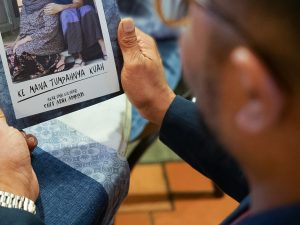
“But back then I didn’t see it as an interest in food or cooking. I think I was just playing with my imagination.”
Chef Adu credits Dato’ Ramli Ibrahim as the person who gave him that much needed push and motivation to seriously consider a career in food. “I was a fan and wondered if he would come for one of my dinner parties if I invited him – and he did!” Adu didn’t personally know Dato’ Ramli at the time and, quite simply, took a chance.
“At the end of the meal he said to me, I think you should be a chef. I looked at him and asked, do you really think I could be a chef? Yes, he said, I wouldn’t say so if I didn’t think so.” Those simple words encouraged him to enrol in Stamford College.
“I didn’t know much about western cooking, just bits and pieces. During the first day at school they were talking about how to julienne vegetables and I didn’t have a clue what julienne was!” College got Adu interested in Western cooking as it was quite foreign to the local food scene back then.
Champor-champor
In 1994, Chef Adu moved to Langkawi and opened his restaurant Champor-champor, which he ran for three years. And then he took another chance. “I sold my restaurant in Langkawi and moved to London when I was 26. I was very gung-ho and really thought I would make it in London, and then I arrived and, oh my God, I didn’t realize how expensive it was.”
“We opened Champor-champor London with only 20,000 pounds, which is truly unheard of. The kitchen and furniture was purchased second or third-hand. I was lucky as the restaurant we took over was a failed Indian restaurant that had closed down as they couldn’t pay the rent. I remember stripping the walls, the carpets and everything, with most of the money spent on renovating the restaurant a little bit.”
Chef Adu truly counts his blessings. The restaurant began with only five tables and a kitchen in the basement. “After two months we booked out every night, we started making money, and started improving the restaurant.” After two years, Champor-champor expanded to the shop next door which used to be a locksmith.
They found several uncut keys in the shop’s basement and turned them into chandeliers which are still hung above the bar to this day. “Everything developed organically. I always believed that when you’re pressed for money, that’s when your creativity juices flow uncontrollably.”
Hard work and experience
Despite its success, working at Champor-champor was stressful on Chef Adu. “I was working with my head instead of my legs because it was really nerve wrecking every day.” He openly admits to having a nervous breakdown as he used to continuously worry about being able to perform in the kitchen. “I really wanted to concentrate on what I did and was normally very quiet, so I don’t talk when I cook. When people talked too much, I would get really angry.”
“Everything developed organically. I always believed that when you’re pressed for money, that’s when your creativity juices flow uncontrollably.”

He still cherishes his days and routines in London though. “My day would start in the morning when we would go across the river to Chinatown to get all the ingredients. The suppliers wouldn’t deliver small orders, so it was my excuse to go to Chinatown every day. My manager and I would disappear in Central London to pick up daun selasih, serai and all that, though most of our vegetables came from Burrough Market. Then I’ll come back to the restaurant around 3 p.m. to start preparing as our first dinner serving starts at 6.”
Pushing boundaries
“When I look back and think about my restaurant in London, I say, oh my God, I was really very brave.” Not only was Chef Adu a complete beginner to the London restaurant scene, he wanted to push the boundaries of fusion food. “We had asam pedas bisque with ravioli of salmon roe. If you closed your eyes and eat the bisque, it tastes just like asam pedas.
I remember calling the food creative-Malaysian cooking, but it was too cumbersome and in the end I just called it Modern Malaysian. The critics didn’t know where to box us so some categorized us as fusion, some categorized us as oriental, but I liked that, because you couldn’t box me.”
Taking another chance
“Selling Champor-champor was the most difficult decision I had to make. The restaurant was running, it was busy, but if I hadn’t given it up I would still be there cooking day in, day out, no books, no writing. I wanted to be comfortable within myself, I wanted to do other things. I didn’t want to be in the race anymore.” Chef Adu took yet another chance.
Champor-champor was sold in September with no plans of what he was going to do next. The Masterchef job landed on his plate two months later in November 2011. “Looking back, I never stopped praying or doa. I believe you attract positive energy if you are positive about yourself and where you are.”
After Masterchef, Chef Adu asked himself, “People call me Chef, but I don’t even cook anymore, not even for a TV show. What do I do, sebenarnya? I felt that something was missing in my life, and this restaurant was the answer. When it came, I wasn’t even looking, and I had all these furniture semua dekat rumah. So I just used whatever I had.” He opened The Canteen by Chef Adu in April 2015.
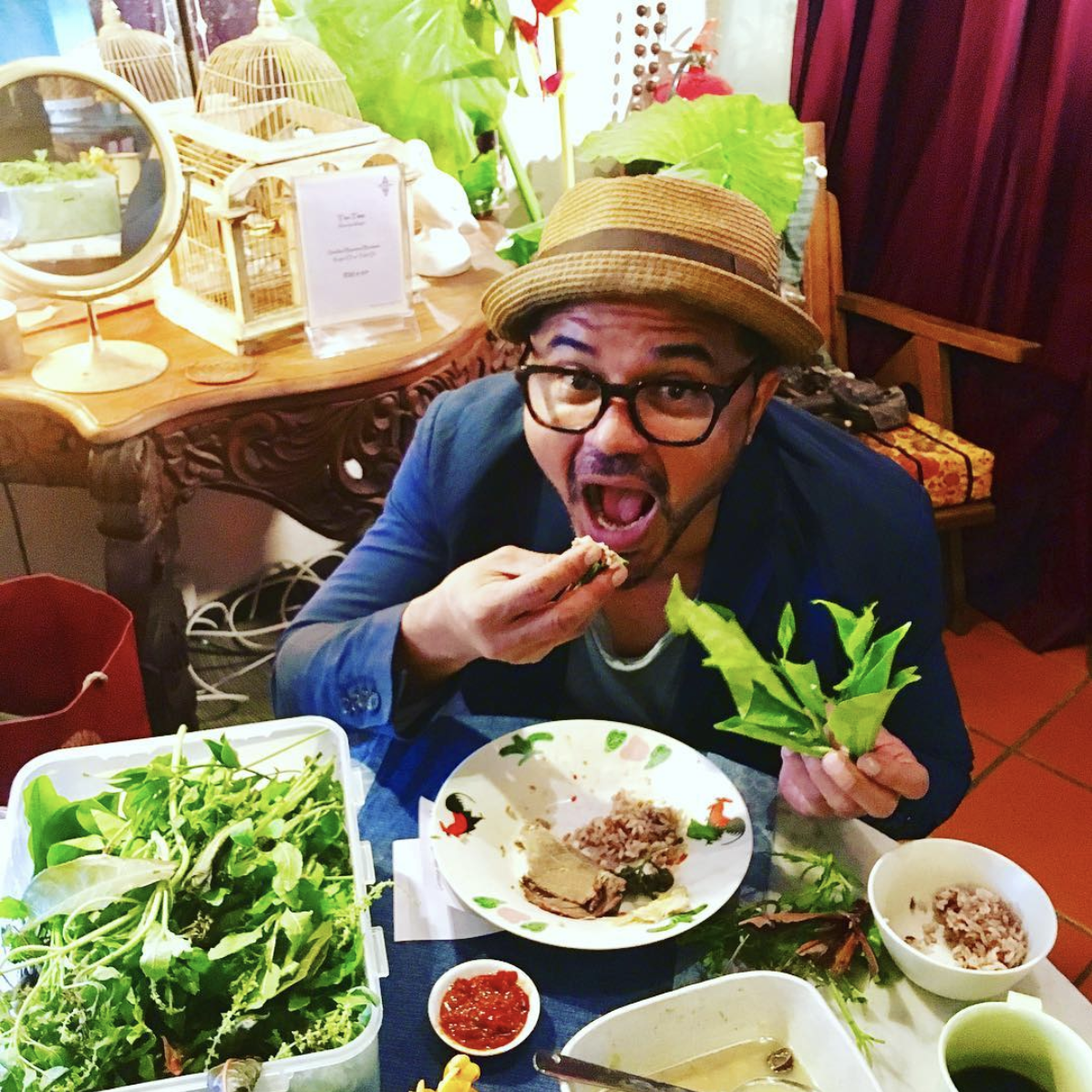
“Looking back, I never stopped praying or doa. I believe you attract positive energy if you are positive about yourself and where you are.”
“What I do here in the café is very straightforward, honest food, no fusion b.s. I’m going back to what I know and am comfortable with, things I remember growing up eating. My hardcore fans ask me, Chef why aren’t you doing things you showed us on Masterchef? But it’s a different ballgame and I’m much more relaxed now. I’m not in competition with anyone. I’m working here because I need a job.”
Back to basics
With The Canteen, Chef Adu wanted to set some things straight. As a Johor boy, he wanted to showcase Johorean dishes that are cooked a little differently in KL, like mi bandung. “Our mi bandung uses crushed peanuts and sweet potato to thicken the sauce. It also has to be cooked with beef stock.” Chef Adu spent a week in Muar reminiscing the taste of mi bandung he used to eat growing up.
“I cannot be perasan, I have to go back to the source.” He didn’t dare ask for any recipes though and instead kept trying and tasting, taking a few bungkus back to his flat in Batu Caves so he could compare it to his own formulations until he got it right.
“For me, when you cook something classic, it may be simple, but there shouldn’t be any shortcuts. Kalau shortcut memang you won’t get the right taste. I’m very anal about things like that. If you want to make classic mi bandung, it has to be mi bandung, kalau tidak, jangan. Call it fusion.”
Getting it right
Chef Adu is passionate about getting things right. “If it’s classic it has to be classic. There must be a standardized recipe everyone can agree upon. But if you want to put extra things, that’s up to you. If you want to modify the recipes, do so, but make it better or just as good.”
We’re happy Chef Adu shares our enthusiasm for what we’re trying to achieve at Butterkicap – sharing proper Malaysian recipes by Malaysians, be they chefs or home cooks, and embracing that Malaysian food is so much more than Malay food.
Don’t be afraid of knowledge…
“Malaysia is a melting pot of culture. Fusion food was born here. It’s just right to call it Malaysian food. It’s good to know, for knowledge, what is Chinese cooking or Indian cooking, so you can separate them and then you can unite them. Like I always say, before you can claim you’re an abstract painter, you need to be able to draw a chair, or a mug. Before you call yourself a fusion chef, you need to know how to cook certain things in the classical way. Even if you didn’t go to school that’s not a problem. I spent minimal time at school, but the whole world is my school, by going to different markets, tasting things.”
“Like I always say, before you can claim you’re an abstract painter, you need to be able to draw a chair, or a mug. Before you call yourself a fusion chef, you need to know how to cook certain things in the classical way.”
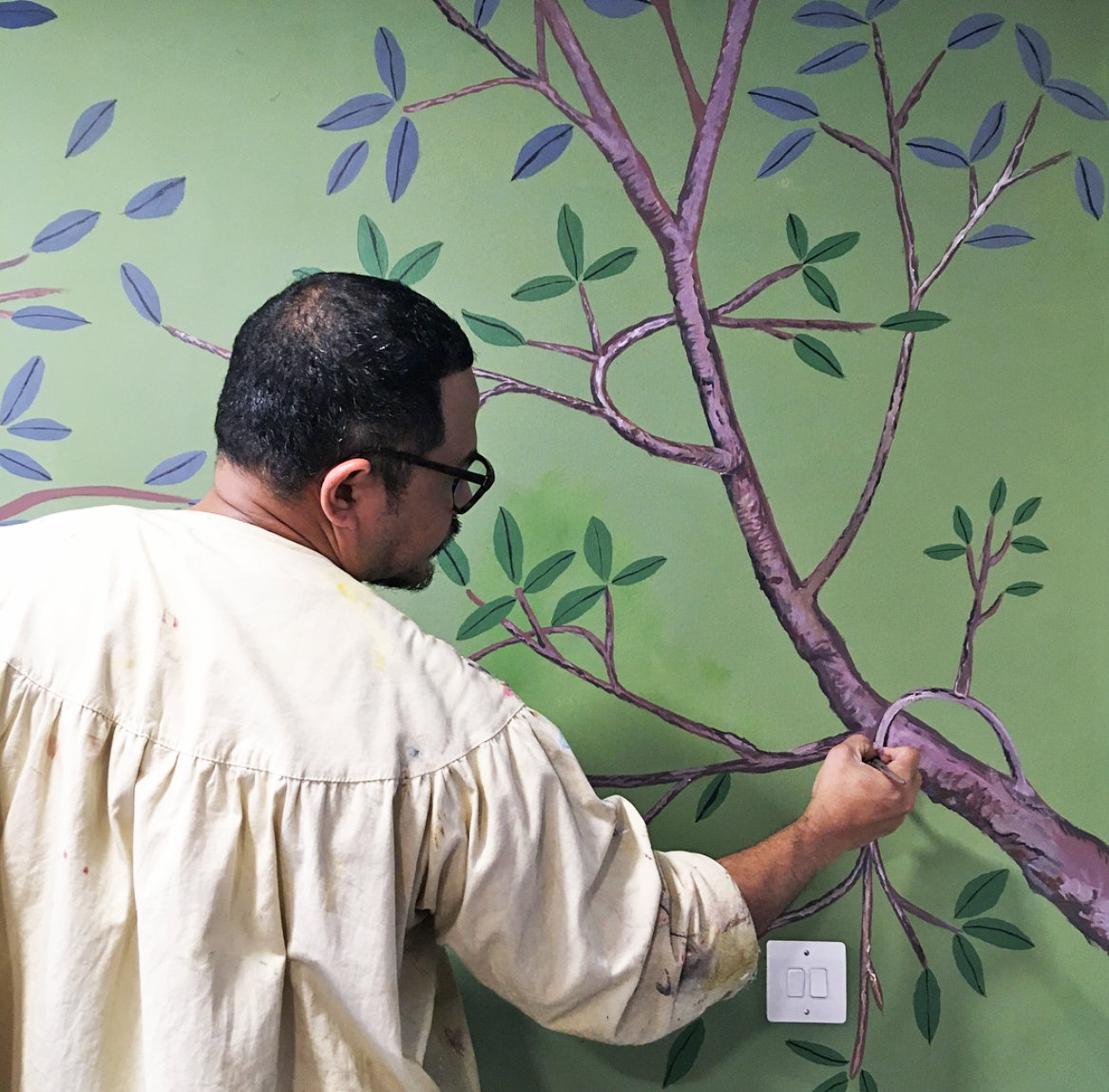
Chef Adu also believes that it’s important to learn and understand why certain cultures cook their food in certain ways. He used wine in French cuisine as an example, even if it is an ingredient one may not use in their own cooking. “I remember talking about this to some students.
When the French use alcohol in their cooking it’s to enhance some flavours. And there was no refrigeration in those days, so it was also used to mask and tenderize cuts of meat that were not so great. We must study and understand these components. You don’t have to inject that into your cooking but inject it up here,” pointing to his brain. The students asked him, “Where did you learn all this, Chef? Read. Explore. Go to a French restaurant. Kumpul duit sikit.”
…or of sharing your recipes
“Mum always said, you’re not taking your recipes to your grave. Why don’t you leave something behind that everyone can share.” During his Langkawi days, Chef Adu would share his recipes with many of his customers. “I’d put it in a nice envelope with a bow. When it got busier they’ll leave me their email address and I’ll email them the recipes.”
He recalls hosting a group of young French people who wanted to open a Malaysian restaurant in Paris after falling in love with local food when they were based here for six months. “They contacted me and said they wanted to learn how to make some Malaysian dishes. I said ok, you’re going to learn two things from me, nasi lemak and rendang, but I will spend the whole day with you. They initially thought it was not worth it to learn only two things, but when we did the class, they understood where I was coming from.
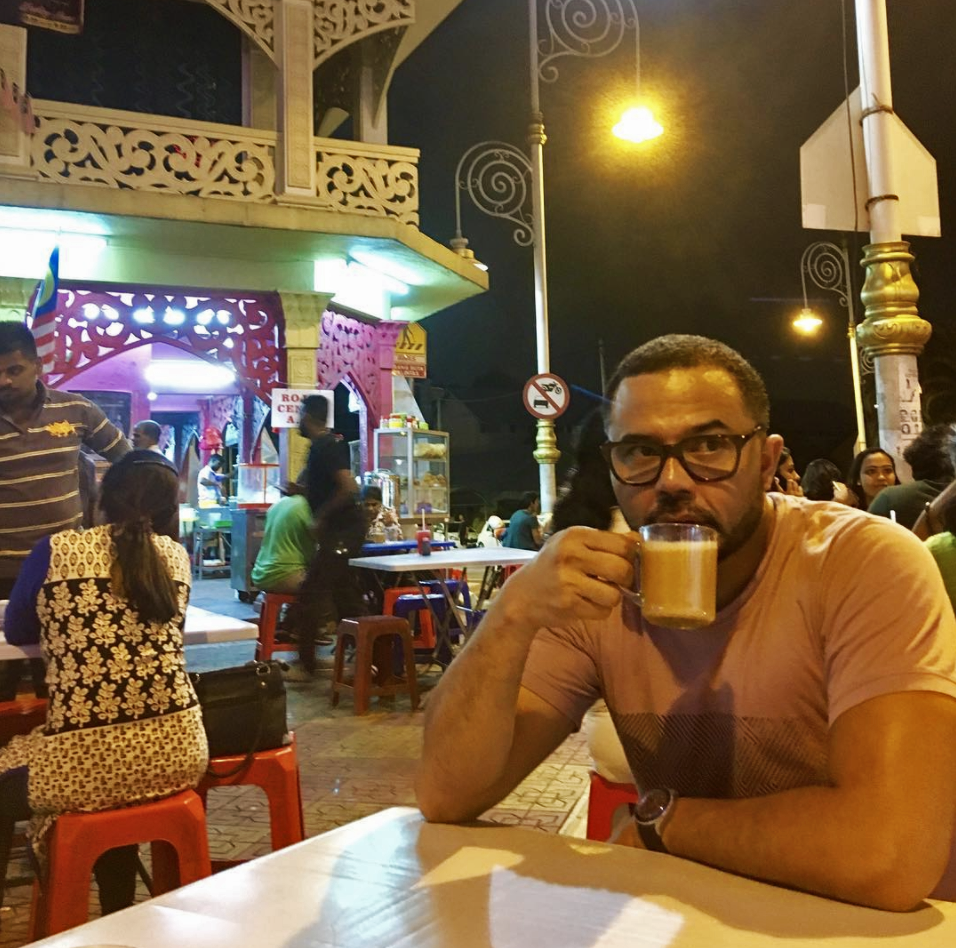
“Mum always said, you’re not taking your recipes to your grave. Why don’t you leave something behind that everyone can share.”
“I took them to pasar Chow Kit and they’d never seen a market this big. I explained to them the differences between jering to petai to kerdas, even though they were not using it on the menu. And I wanted to show them that the French only have these many things in your larder. In Asian cuisine, we have millions of things.
“I spent the whole day lecturing them about Malaysian culture and cooking. If you want to learn rendang you have to learn it from a Malay person, not from an Indian or Chinese. Sure, they can make rendang just like we can cook their stir fries, but it’s not the same because it’s in their blood. You have to get it right.
“We’re friends and now I give them free recipes. I want them to represent Malaysian food properly.”
Be respectful
Chef Adu believes in having respect. “About 30% of my menu is vegetarian or vegan as I respect them to the T. I won’t even use the same crockery to cook with if they’re vegans, because that is also how I will treat my fellow Muslims.”
Chef Adu credits his open mindedness and respect for other cultures and beliefs to his parents. “People tell me it’s because you’re so westernized, but no, mate, it’s the other way around. My parents were factory workers, but they are the most worldly people I’ve known my entire life. They’re very live and let live sort of people.” Born in a plantation estate in Kluang, Adu remembers parading around during Thaipusam with his Hindu friends as a kid. “There was never a question of, oh your aqidah will be terpesong. I come from that sort of family and I have always been like that.”
Putting a hand over his heart, Chef Adu reminisces, “My dad always said, our religion is in here. You have to have a good heart for everything, everyone and every single soul in this world. That’s what religion is all about.”
“I believe in rezeki. This place is never crazy busy, but it covers its costs, pays my staff, pays the rent, and pays my food. That’s enough. I’m a single person, and my major expense is travel. I travel pun biasa-biasa aje depending on how much money I have. If I’m on a budget I’ll take the train all the way to Laos.”
Travelling and taste buds
“Sometimes I do things for the sake of memories, for nostalgic value. That’s why I love traveling in South East Asia now, because it brings me back to those days. We’ve lost a lot of things to modernization. I remember the Bangsar stalls by the roadside, now everything has to be in a building. Yes, hygiene is very important, but we’ve lost a cultural reference. That’s why I really love what they’re doing in Chinatown, with the cafes.”
“My idea of eating is very simple, but I need my food to be freshly cooked.”
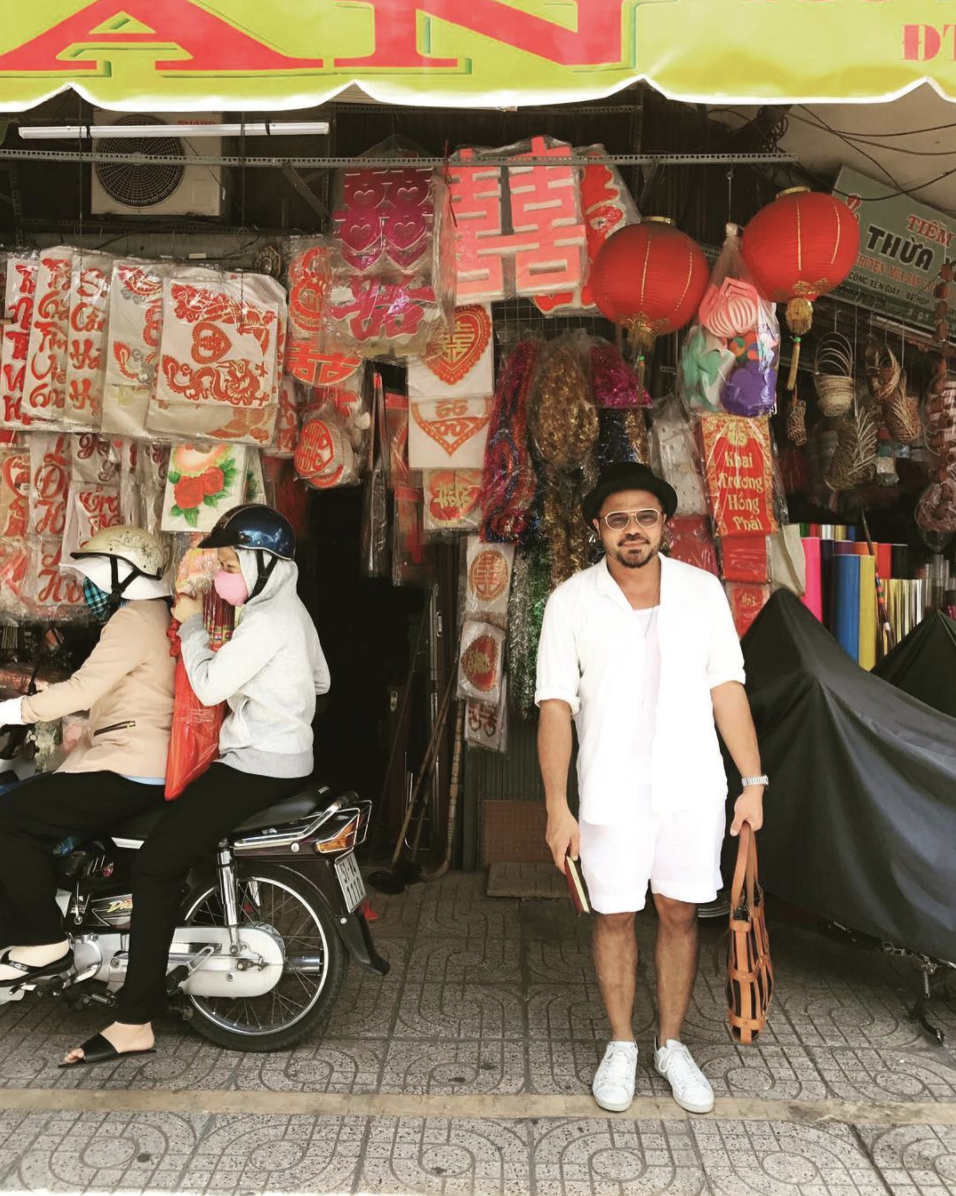
Despite having travelled far and wide, Chef Adu likes his food simple. He prefers eating at a make-do stall serving steamed tilapia with pureed ginger and stir fried vegetables. “My idea of eating is very simple, but I need my food to be freshly cooked.”
Even when traveling, Chef Adu seeks out simple food. “When I go to a steakhouse it’s always just steak and hot English mustard.” When asked about foreign ingredients he would love to use in his cooking, Chef Adu responds, “I really like artichokes. We can’t really get good artichokes here and it’s very expensive. Of course if I can use truffles and foie gras in my cooking, but then I would have to charge more.”
Chef Adu’s next steps
So what are his future plans? “I want to bring back Champor-champor. This is basically training myself back into the business. It’s too relaxed for me right now, and I need to be in action a little bit more, because I need to be creative, otherwise I feel like I’m dead. The classic stuff will always be there, but I need to invent things.”
Chef Adu also plans to write more books. “I will never retire, but I’m happy with what I’m doing now.” He recently released his third book, Ke mana tumpahnya kuah, featuring his mum and aunts. “My next project is writing a book on pantun and food, proposed by a professor who is an expert in Malay heritage. But none of my projects are commercial. I don’t make money out of these books, but it gives me the greatest pleasure.”
He would also like to write about food for the disabled and how they look at food. “I’ve had enough of writing things from me or about me for now. I want to write from other people’s point of view. That will be my next challenge.”
Note: The Canteen by Chef Adu has evolved to a new name and location. You can now enjoy the food at Adu Sugar Restaurant in Bangsar. Chef Adu chose the name “Sugar” as a tribute to his father, Mr. Hassan, whose nickname was “Ah Tan Gula”. The nickname was given by the community when the young Mr. Hassan toppled a pot of boiling sugar syrup onto his chest. You can learn more at their facebook page or Instagram.
Make a reservation at Adu Sugar Restaurant:
Address: 10a, Lorong Ara Kiri 2, Lucky Garden, Bangsar
Kuala Lumpur, Malaysia 59100
 03-2201 1441
03-2201 1441
Chef Adu has shared with us some of his unique recipes, featuring non-traditional ingredients in familiar Malaysian dishes:
Roti Canai Tortilla & Mango Salsa
Roast Chicken with Pickled Ambarella
These recipes along with many others are available in his books, Ikan di laut, asam di darat and Ke mana tumpahnya kuah. Purchase your copy via his Facebook.
